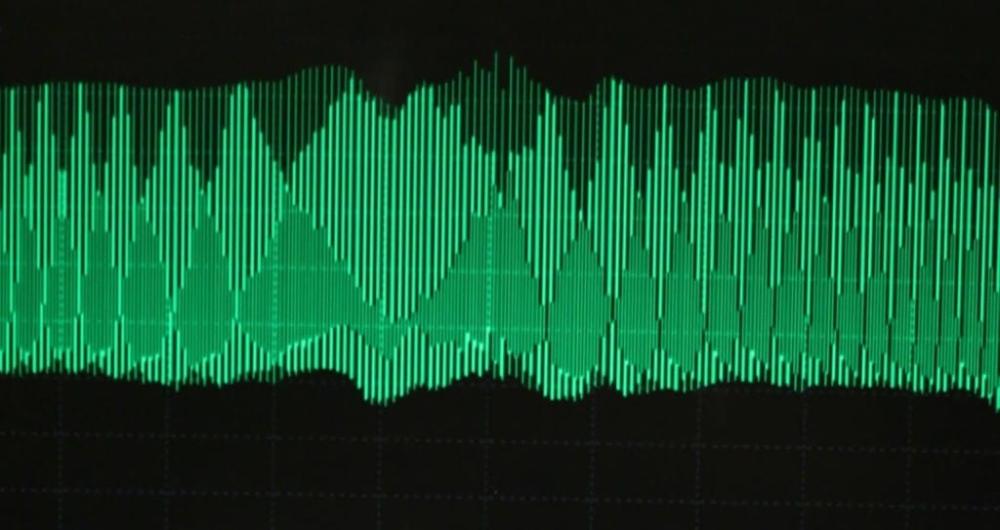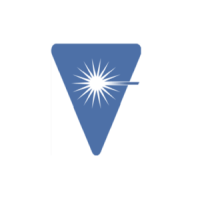Published 6.25.15 in the New York Times: An Advance May Double the Capabilities of Fiber Optics by John Markoff
Researchers have announced an advance that could double the capacity of fiber-optic circuits, potentially opening the way for networks to carry more data over long distances while significantly reducing their cost.
Writing in the Journal Science on Thursday, electrical engineers at the University of California, San Diego proposed a way to extend the range that beams of laser light in fiber-optic glass wires can travel and, in theory, achieve that dramatic improvement.
One way to understand the challenge of sending data through fiber-optic circuits is to imagine a person shouting to someone else down a long corridor. As the listener moves farther away, the words become fainter and more difficult to discern as they echo off the walls.

A frequency comb, which transmits signals at precise, evenly spaced frequencies, helps decipher data that is transmitted via laser beams over great distances. Credit University of California, San Diego, Photonics Systems Group.
A similar challenge confronts the designers of networks that carry data. Beams of laser light packed densely in fiber-optic glass wires need to be both amplified and recreated at regular intervals to send them thousands of miles. The process of converting the optical ones from light to electricity and then back again is a significant part of the cost of these networks. The process also limits how much data they can carry.
In its report, the group described a way to “predistort” the data that is transmitted via laser beams so that it can be deciphered easily over great distances.
This is done by creating, in effect, guardrails for the light beams with a device known as a frequency comb — using very precise and evenly spaced signals — to encode the information before it is transmitted.
That has the effect of embedding a digital watermark in the original data, making it possible to transmit data accurately over much longer distances and dispense with the need to perform optical-to-electronic conversions at relatively short intervals.
The researchers said they had set a transmission record for a fiber-optic message, sending it more than 7,400 miles in a laboratory experiment without having to regenerate the signal. That experiment is not discussed in the just-published paper.
The research, which has been supported in part by Google and Sumitomo Electric Industries, a maker of fiber-optic cables, is a step closer to the vision of an “all-optical network,” according to Nikola Alic, one of the authors of the paper and a research scientist in the Photonics Laboratory of the California Institute for Telecommunications and Information Technologies at the University of California, San Diego.
Such a network would be significantly less expensive and could carry more data. So far, the researchers have been able to increase the power of the lasers twentyfold to achieve transmissions over far greater distances, he said. Until now, increasing the power of the laser signal in current fiber-optic networks has been analogous to moving in quicksand — the more you increase the power, the greater the challenge of interference and distortion.
"The more you struggle, the worse off you are," Mr. Alic said.
Bart Stuck, a venture capitalist at Signal Lake Management and a former Bell Laboratories scientist who conducted research in signal processing, said of the new paper, “This is great engineering.”
Similar ideas were used in an earlier era of communications, he noted. Although the concept was used in the world of analog voice communications, the U.C. San Diego researchers have pushed the ideas into the optical communications world.
“Their contribution is doing this at gigabits per second,” Mr. Stuck said.
Other optical scientists were more skeptical about the prospects for the new approach.
"This is very interesting research, but there will be challenges applying this approach in the real world," said Alan Huang, a former researcher at Bell Labs who has worked extensively with the "Kerr Effect," a physical phenomenon that distorts optical signals, which the San Diego researchers are trying to overcome. "Their results will be more or less effective depending on the type of data transmitted."
Optical networks emerged during the 1980s as a faster and higher-capacity alternative to copper-wire-based communications. Their ability to carry vast amounts of data has been further increased by encoding multiple streams of data in different frequencies or “colors” in the same beam of light.
Because the signal needs to be both amplified and regenerated at regular intervals over long distances, power for the computers that make the conversion between light and electrical data is required. Each conversion step also introduces a brief delay, or “latency.” The new research suggests a path that effectively eliminates the regeneration over long distances.
The growth of the Internet, driven largely by the exploding consumption of digital video, is continuing to expand at a significant rate. Last month, Cisco reported that annual transmitted global Internet data would pass a threshold of one zettabyte, or the equivalent of 250 billion DVDs, by the end of 2016.
By comparison, all of the information stored on the World Wide Web in 2013 was estimated to be four zettabytes. The amount transmitted annually — to be sent across networks, not just stored — is expected to reach two zettabytes a year by 2019.
Correction: June 27, 2015: An earlier version of this article misstated how often the data carried on laser beams need to be amplified and regenerated. Modern long-haul fiber networks regenerate signals at significant distances, not roughly every 60 miles.
A version of this article appears in print on June 26, 2015, on page B1 of the New York edition with the headline: An Advance May Double Fiber Optics’ Capabilities.



